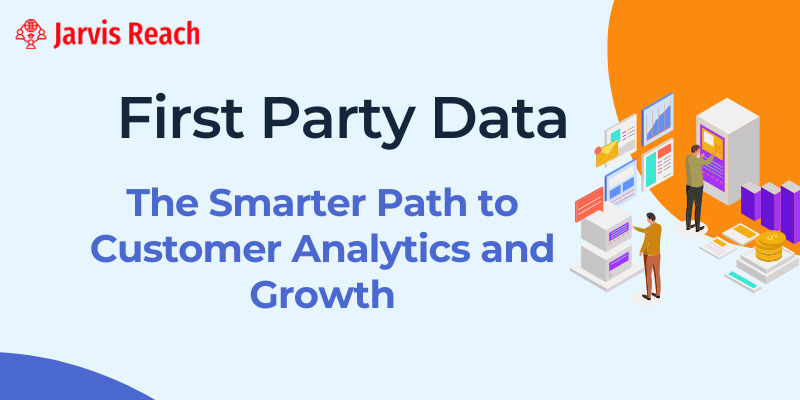Introduction: The Secret to Smarter Targeting
If you’ve ever felt like your marketing campaigns are “shooting in the dark,” you’re not alone. For years, brands relied heavily on third party data, hoping to guess customer preferences. But with privacy regulations tightening and cookies disappearing, that approach is no longer reliable or ethical.
Enter first party data and zero party data two powerful tools that, when combined, give marketers a crystal-clear view of their customers. First party data captures actual customer behavior from your channels, while zero party data comes directly from the customer their preferences, intentions, and feedback. Together, they create a roadmap for campaigns that truly resonate.
Let’s explore how IT and marketing professionals can harness these insights to target smarter, personalize effectively, and maintain trust.
Step 1: Understand the Differences and the Power of Both
Before combining these data types, it’s important to know what sets them apart:
- First party data: Information collected from interactions on your website, app, email campaigns, or purchase history. It’s actionable, accurate, and forms the backbone of your analytics.
- Zero party data: Data customers willingly share, such as survey answers, product preferences, or account settings. It’s voluntarily given and extremely insightful.
Together, these datasets allow you to understand not just what your customers do, but why they do it. That’s where real targeting intelligence begins.
Step 2: Build a Unified Customer View
Most businesses struggle with scattered data across CRMs, email platforms, and analytics tools. That’s where identity resolution becomes critical. By linking different interactions to a single customer profile, you create a holistic view of your audience.
Next, integrate CRM enrichment and contact enrichment processes. Filling gaps in customer profiles like updated contact info or job titles ensures every outreach email and follow up is relevant and personalized.
When zero party and first party data converge in one unified system, your campaigns are no longer guesses they’re informed, precise, and empathetic.
Step 3: Collect and Respect Data with Consent Management
Combining datasets isn’t just technical it’s ethical. Consent management ensures that the data you collect, whether first or zero party, is permission-based and transparent.
Let your customers know why their data matters: a well-designed survey can double as zero party data collection while reinforcing trust. Being transparent not only keeps you compliant with privacy regulations but also encourages users to share more willingly, feeding richer customer analytics.
Step 4: Turn Insights into Smarter Targeting
With clean, unified data in place, the next step is action. Here’s how to make it work:
- Use customer analytics to identify patterns in behavior and preferences.
- Combine zero party insights (like product choices) with first party signals (like site visits) to segment customers accurately.
- Personalize outreach emails and follow ups based on these insights timing, messaging, and content all matter.
For example, if a customer indicates they’re interested in a new service via a survey (zero party data) and recently browsed related content (first party data), you can send a tailored email or offer that feels relevant, timely, and human.
Step 5: Continuous Optimization with Data Enrichment
The customer journey is dynamic, and your datasets should be too. Use data enrichment to continuously update profiles with new interactions, behavioral trends, and preferences. This ensures future campaigns stay relevant, improves segmentation, and reduces wasted outreach.
Regularly review metrics to refine messaging, timing, and personalization. A small tweak in follow-ups or email sequencing, informed by enriched data, can lead to measurable increases in engagement and conversions.
Conclusion: Personalization Meets Trust
Combining zero party and first party data isn’t just a marketing tactic it’s a strategic advantage in the era of privacy-first digital experiences. It allows you to create campaigns that feel personal, respectful, and highly targeted.
For IT and marketing professionals, mastering this approach is a career-defining skill. Start by unifying your data, respecting consent, and turning insights into actionable campaigns. The result? Smarter targeting, stronger engagement, and customers who feel understood not just marketed to.
When you get it right, your data becomes more than numbers it becomes relationships.





Comments